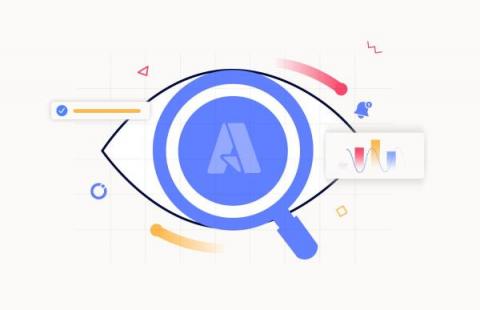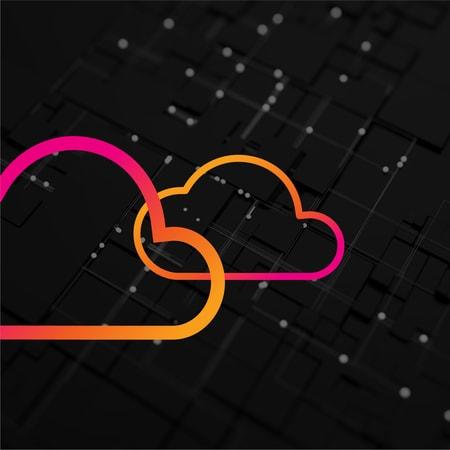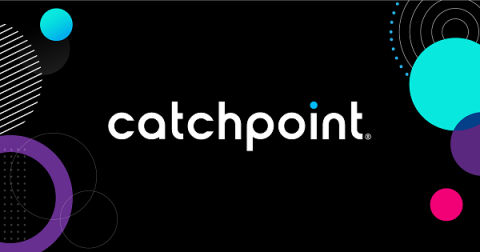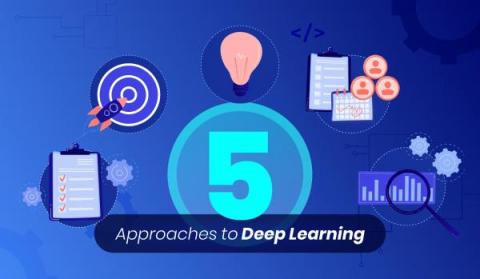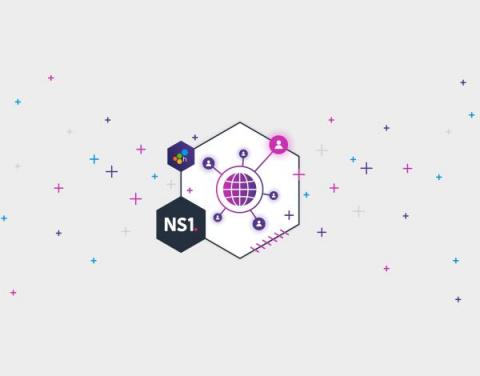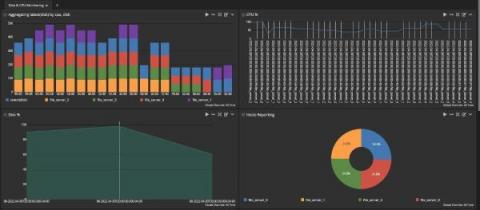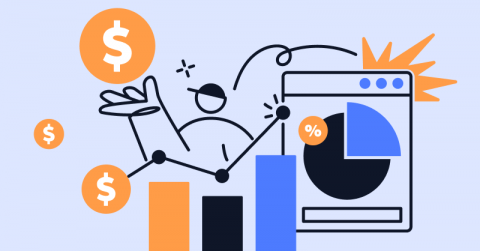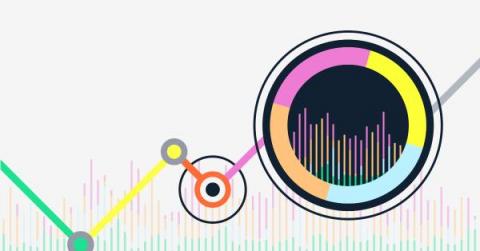Operations | Monitoring | ITSM | DevOps | Cloud
Latest News
Observability Pipelines for an SRE
In data management, numerous roles rely on and regularly use observability data. The Site Reliability Engineer is one of these roles. Site Reliability Engineers (SREs) work on the digital frontlines, ensuring performant experiences by using observability data to maintain stability and awareness of software running in various environments across organizations.
Can Your Cloud Migration Strategy Keep Up With the Speed of Business?
A hybrid infrastructure brings business benefits but it also brings new challenges. Migrating workloads to the cloud is a complex operation that generates more data than engineering teams can adequately manage. Traditional monitoring tools are limited in helping teams find and fix problems during and after a cloud migration. This can throw business strategies off course, limit customer value and hurt the bottom line.
Catchpoint enhances capabilities to empower IT organizations to achieve Internet Resilience and gain control of their Internet stack
5 Approaches to Deep Learning Clustering You Really Need to Know
Data has become the most valuable thing in the modern world. According to earthweb, more than 2.5 quintillion bytes of data will be created every day in 2022. These large quantities of data should be appropriately organized to identify meaningful patterns for decision-making. Techniques like clustering are widely used to efficiently collect data into groups based on their similarities and differences and improve the observability of your data.
NS1 Implements Honeycomb to Democratize Their Code and Spark Customer Joy
The line from observability to customer joy is straighter than you think. We recently learned this from NS1, a managed DNS provider and Honeycomb customer, in a panel discussion with Nate Daly, Head of Architecture at NS1 and Chris Bertinato, Software Architect at NS1.
Why is API Observability Better than API Monitoring?
In recent years, there has been a rapid expansion in the API market. Today, every piece of software is either an API or uses one. They are now a crucial component of the modern digital economy. As a result, it is becoming increasingly important to grasp how to examine them carefully. In this article, we'll discuss the definitions of API observability and API monitoring as well as how API observability is better than API monitoring.
Why Observability Is Important for IT Ops
Everyday when you come into work, you’re bombarded with a constant stream of problems. From service desk calls to network performance monitoring, you’re busy from the moment you login until the moment you click the “shut down” option on your device. Even more frustrating, your IT environment consists of an ever-expanding set of network segments, applications, devices, users, and databases across on-premises and cloud locations.
The Hidden Costs of Serverless Observability
The growing popularity of serverless architectures has led to an increased need for solutions to the modern challenges of microservice observability—one of the most critical components for running high-performing, secure, and resilient serverless applications. Observability solutions have to break through the complexity of serverless systems, and with the right stack, observability enables not only fast and easy debugging of applications, but drives optimization and cost efficiency.
Announcing Logz.io's Data Optimization Hub
To help our customers reduce their overall observability costs, we’re excited to announce the Data Optimization Hub as part of our Open 360™ platform. The new hub inventories all of your incoming telemetry data, while providing simple filters to remove any data you don’t need. Gone are the days of paying for observability data you never use.


